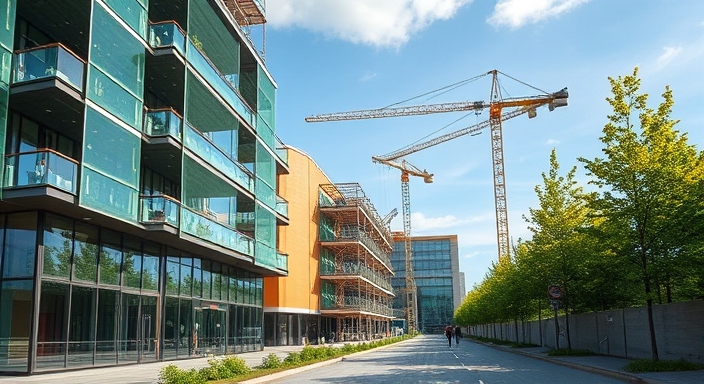
EU aims to meet its 2050 climate neutrality target
European green building construction is accelerating as the EU aims to meet its 2050 climate neutrality target. New policies focus on both new builds and large-scale renovations. A critical legislative piece is the revised Energy Performance of Buildings Directive (EPBD), which mandates all new buildings to be zero-emission by 2030, with public buildings meeting this by 2027. This directive also introduces minimum efficiency standards to raise renovation rates and improve existing building stock performance across Europe. Renovations, combined with bio-based materials like cellulose and hemp, are being promoted to reduce energy use and greenhouse emissions while enhancing climate resilience.
Cities like Amsterdam and Stockholm exemplify this transformation. Amsterdam is focusing on bio-based insulation to retrofit housing, enhancing energy efficiency, while Stockholm has redeveloped industrial areas to include eco-friendly, health-promoting infrastructure. These city-level efforts, combined with EU initiatives like the New European Bauhaus, reflect a holistic approach to sustainable, resilient urban development.
Furthermore, the European Environment Agency emphasizes that buildings account for over 40% of Europe’s energy consumption and a significant environmental footprint. Addressing this through sustainable construction and renovation practices will play a key role in meeting Europe’s broader climate goals.



